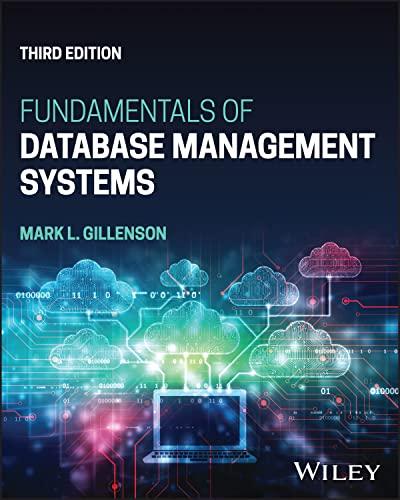Answered step by step
Verified Expert Solution
Question
1 Approved Answer
16. Use direct subtraction on the following binary numbers: (b) 101 - 100 (c) 110 101 (d) 1110 11 (e) 1100 1001 (1) 11010 10111

Step by Step Solution
There are 3 Steps involved in it
Step: 1

Get Instant Access to Expert-Tailored Solutions
See step-by-step solutions with expert insights and AI powered tools for academic success
Step: 2

Step: 3

Ace Your Homework with AI
Get the answers you need in no time with our AI-driven, step-by-step assistance
Get Started


